Last updated on March 3rd, 2022 at 12:52 pm
Generally, MS Exchange stores its database offline files in OST format. Sometimes, due to system failure, any hardware or software-related issues, or for backup purposes, users prefer to export their Exchange server OST files to Outlook PST format.
But as a technically inexperienced person, you may not be aware of how to export OST files from Exchange and import them into Outlook. Basically, there are several methods to do that. In this article, we will describe the effective techniques. Stay tuned!
Before going to the focus topic, let’s see some notable reasons behind the Exchange OST to Outlook PST conversion
- For the purpose of preserving a backup copy of the database files,
- If the Exchange database file (OST) gets corrupted, converting it to the PST format can fix the situation.
- Due to any synchronization errors in MS Exchange,
- When a user needs to switch to Outlook with the existing data from MS Exchange,
Effective techniques to Export Offline Exchange Server (OST) Data to Outlook (PST)?
First, we will walk through some manual techniques. You should try at least one of these manual approaches before using any OST to PST converter tool. If you somehow didn’t get the fixes with manual techniques, you should then think about any professional solutions (it can be a tool or any local service center).
Use the import or export feature of Outlook
By using Outlook’s “Import or Export” feature, you can export documents from an offline OST document to a PST format file. It will also allow you to save the exported information in CSV (comma-separate) and Excel formats. To do so, use the methods outlined below.
- Run MS Outlook on your system.
- Open the “File” tab at the up-right corner, then the “Open & Export” choice.
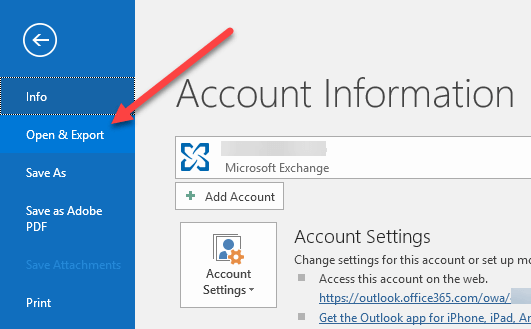
- Press the ‘Import/Export’ button on the “Open” screen.
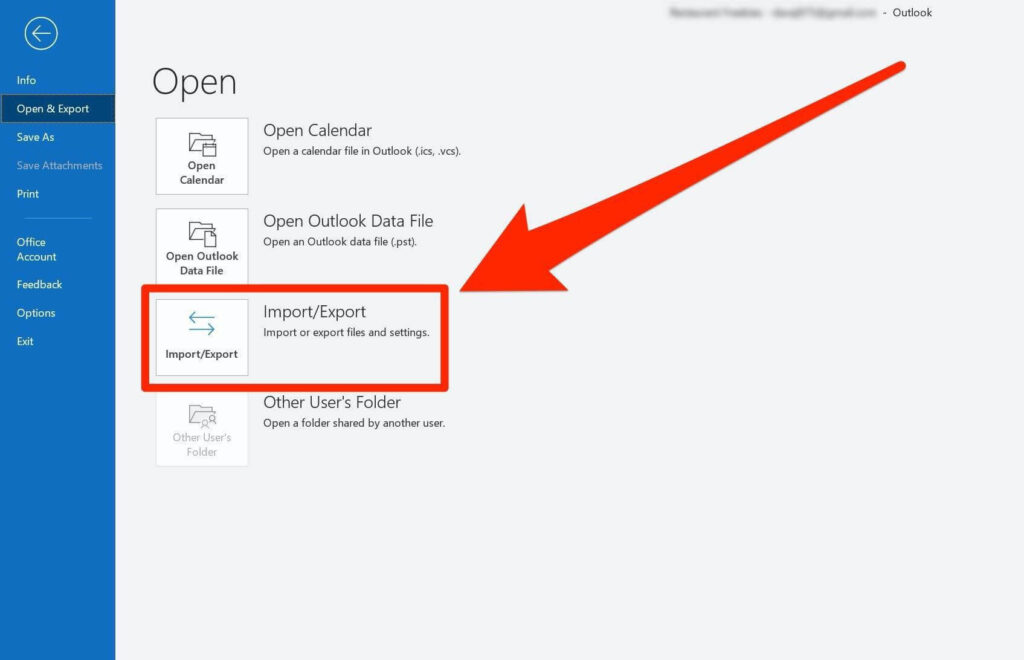
- Afterwards, choose the “Export to a File” choice and after that, press the Next icon.
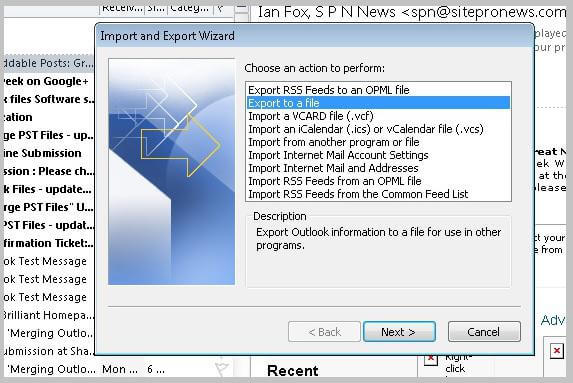
- Then choose the type of the file as “Outlook Data File (.pst)” and tab the next icon.
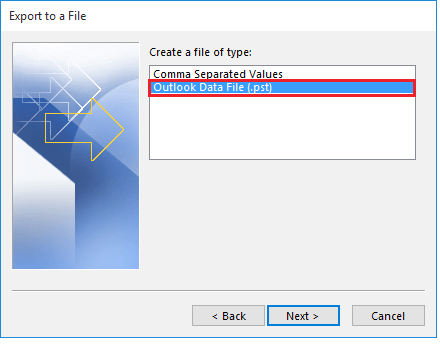
- Pick the directory to export from, put a check mark to contain subdirectories, and then tap Next.
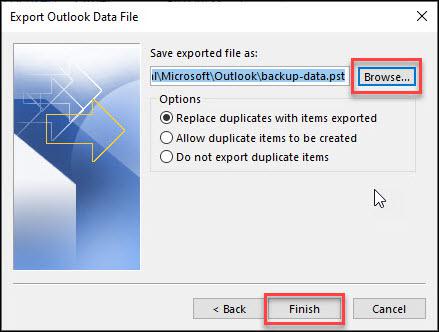
- Finally, select the “Browse” tab to save the exported PST file in the desired location, and then select the “Finish” icon.
If the exchange and OST are properly synched, this strategy will work. If you are having trouble exporting Exchange Server Offline Database OST format files to Outlook PST using traditional techniques, seek the assistance of an expert.
Just drag and drop
We think it’s the easiest technique as well as semi-effective too. It’s yet another method for transferring mailboxes from an OST database to some other file formats. Below are the required workgrouds:
- Launch the Microsoft Outlook program.
- In Outlook, generate a new clean PST document.
- Drag all of the mailbox objects you want to export to the specifically created clear PST document.
Actually, there are some things that you can’t directly export through dragging. This includes that you cannot drag Inbox, Contacts, or other predefined directories into a.pst file using this technique. As a result, you must duplicate all of these directories from OST documents to PST file formats.
Using the “Archive” feature
Outlook’s database archive feature can be used to transfer mailboxes to a PST document. However, this technique of exporting mailboxes does not allow for the archiving of contact details. The following are the implied connections with this process:
- Start the Microsoft Outlook program.
- Open the “File” tab, then the “Cleanup Tools” option, and finally the “Archive” feature.
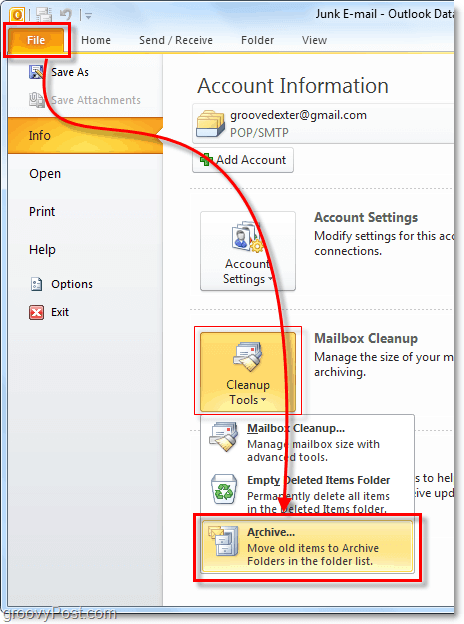
- Again check that the “Archive this folder and all subfolders” choice is selected.
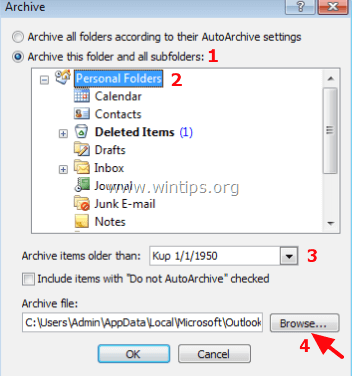
- Just choose the directory to be moved to PST.
- Then, in the “Archiving items elderly than” box, enter an appropriate time or date from the drop menu and tap the OK button.
- Ultimately, all objects obtained up to the specified date will be archived as well as backed up.
The above technique exports objects from an OST document to PST file types, but it does not include contact details.
Using an OST to PST converter from a third party
One of the simplest ways to repair corrupt OST files and export OST objects to PST format is to use the OST Converter tool. If the traditional methods do not work for you or if you are unable to perform them individually, you can use any OST to PST conversion tool.You can use this to export both password-protected and maneuverable OST files.
Actually, utilizing tools is a quick and easy way to convert OST files to PST files without having to go through a long and drawn-out process.
You don’t really need to do anything if you’re utilizing a professional tool; simply download and setup it on your device, and the majority of the work will be taken care of unilaterally. Professional tools are simple to use; maybe non-technical users can use them without difficulty. So there’s no need for anyone’s assistance.